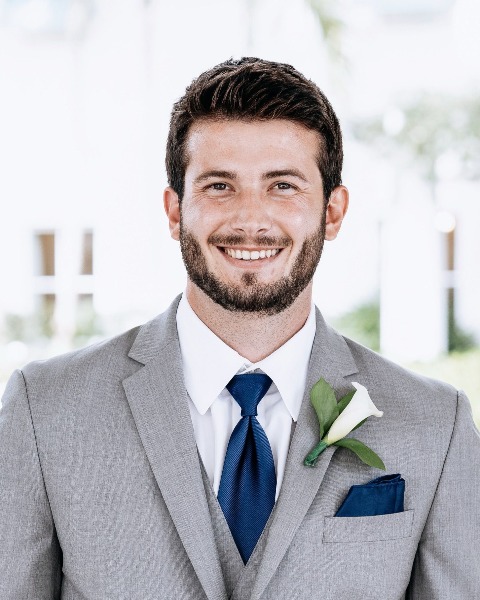Student 10-Minute Presentation
Systematics, Evolution, and Biodiversity
Student
Student Competition
Elite and non-elite individuals in honeybees differ in how behavioral and life-history traits covary

Kord Dicke
PhD Student
Colorado State University
Fort Collins, Colorado- DN
Dhruba Naug
Colorado State University
Fort Collins, Colorado
Presenting Author(s)
Co-Author(s)
There is a significant amount of interindividual variation in behavior and life history within a species and the causes and consequences of such variation have lately generated significant interest. Differences in activity rates are a fundamental part of such variation and in social insects, this is highlighted by a small group of individuals called ‘elites’ which perform the majority of the foraging effort for the colony. Despite their disproportionate influence on the overall colony phenotype, there is limited knowledge about how these elites may differ from the rest of the colony in terms of important behavioral and life-history traits and how they co-vary with each other. Using automated RFID tracking technology, we followed the lifetime foraging performance of individuals to identify elite and non-elite foragers and compare their behavioral and life-history traits. We demonstrate that there is a significant amount of interindividual behavioral variation within the colony, highlighted by a small fraction of highly active bees that represent the elites. These elite bees exhibit distinct differences from non-elites in several key behavioral and life history traits and the daily foraging rhythm. Most importantly, we show that despite foraging at higher rates and undertaking longer trips, these elite bees are able to have longer lifespans and foraging lifespans, indicating an ability to mitigate the higher mortality risk associated with foraging. These results show that such distinct differences between behavioral phenotypes have important implications for our understanding regarding how behavioral and life-history traits co-vary with each other.

.png)

